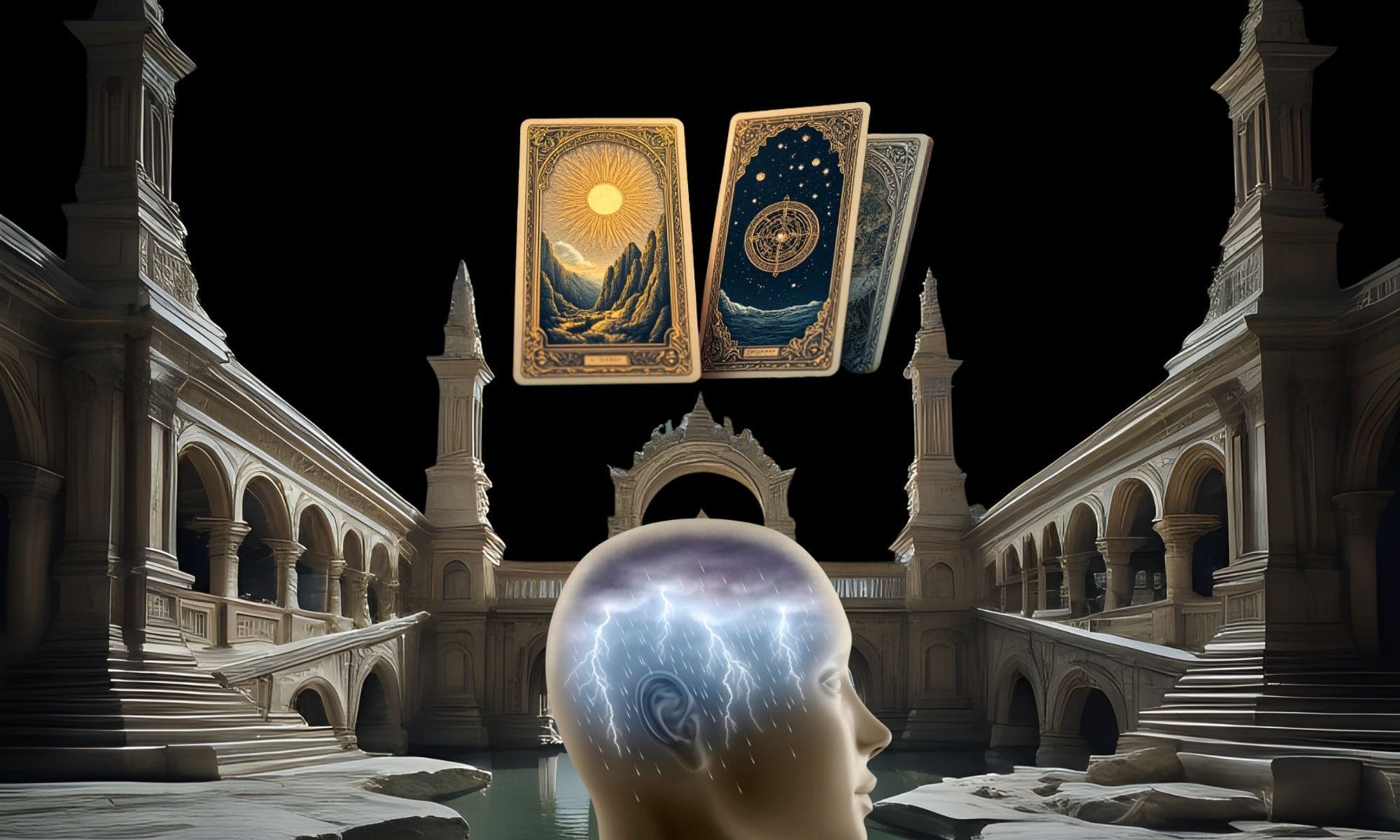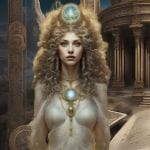The Hidden Arcana Tarot reveals a forgotten dimension of the Tarot—an unseen layer of esoteric archetypes long concealed within the soul’s evolving map.

Why the Hidden Arcana Were Concealed: Esoteric Tarot Symbolism Explained
For centuries, we have been told a comfortable, sanitized version of the story.
We learned that the Tarot is a complete system: 78 cards, 22 Major Arcana, and 56 Minor Arcana. These cards represent a complete map of consciousness. This is the accepted orthodoxy.
Yet this narrative omits essential truths.
Whispers in esoteric schools, fringe readers, and the synchronicities of modern readers teach a deeper truth. The 78‑card deck is incomplete. A third, secret tier of power exists, known as the Hidden Arcana. These esoteric cards form part of the Tarot’s energetic architecture, yet they stayed concealed from the masses.
They belonged to esoteric mysteries. Now, as consciousness shifts, they emerge from the shadows and demand recognition in the exoteric world.
The Argument from Silence: Why Conceal Them?
The traditional Tarot’s own structure hints at the existence of these hidden cards. Consider the Fool’s journey: from 0 to 21, it reads like a complete cycle of initiation.
But is a cycle truly complete, or does it simply prepare the initiate for the next, greater spiral?
The 22 Major cards represent the path of mutation of the individual soul. But the Hidden Arcana were never meant to serve just the individual. They operate as cosmic and chthonic keys governing the soul of the world, the fabric of time, and the laws of transcendent realities.
They remained hidden for the same reason the Eleusinian Mysteries concealed their rites. Some knowledge is too potent for an unprepared psyche. To hand someone the keys to collective karma or parallel destinies before mastering their ego, as illustrated by the Chariot, risks spiritual catastrophe.
The ancient maxim “to know, to dare, to will, to keep silent” was not symbolic. It was a safety protocol.
Thus, the Hidden Arcana served as ultimate “silent” knowledge, entrusted only to those who had undertaken the inner work to earn them.
Echoes in the Empty Spaces: The Testimony of the Known Deck
The evidence for their existence is not found in dusty grimoires. It is in the glaring gaps within the decks we already hold.
For example: The Void Between Worlds. Where is the card governing the space between lives? The Major Arcana takes us to The Judgment and The World. But what lies after cosmic unity and before reincarnation? That domain belongs to a hidden arcana of pure potentiality lying just outside the Fool’s cycle. It could be called "The Cocoon," or "The Uncarved Block."
Then: The Collective Shadow. We have cards for personal psychology: The Moon for personal subconscious, and The Devil for personal bondage. But nothing for collective unconscious, for humanity’s shared madness or genius. A card like "The Leviathan" would embody our species’ submerged psyche. This is a force that is now undeniable in a hyperconnected world.
Also: The Architect’s Hand. The Magician manifests, but who designed the laws of manifestation? The Emperor creates order, but who wrote the cosmic code that order follows? This points to a card representing the fundamental, impersonal software of the universe. A hidden arcana of pure causality might bear names like The Principle or The Architect.
The Great Unveiling: Why Now?
These esoteric Tarot cards are not being invented. They are being revealed. They are now entering the collective awareness because humanity has reached a tipping point. Our challenges are no longer merely individual; they are planetary, systemic, and transpersonal. The old 78-card map is insufficient for this new terrain.
Thus, the Hidden Arcana acts as an upgrade to our spiritual operating system. A card like "The Network", representing global mind and digital consciousness, is now perceptible. Another, like "The Seed‑Vault", governing ecosystem resurrection, becomes legible amid mass extinction. These archetypal forces always existed; they lacked symbolic vessels until now. They are not inventions of delusional minds. They are not becoming; they were always there.
Today, they imprint themselves on receptive minds — artists, dreamers, readers — demanding emergence.
Hidden Arcana Tarot - New Arcanas for a New Aeon
Acknowledging the Hidden Arcana doesn’t invalidate Tarot’s tradition. It affirms that Tarot evolves, that it lives.
The 78 cards form the grammar; the Hidden Arcana form the new vocabulary needed to articulate our era.
The seekers now channeling these new cards, through art, through meditation, through spontaneous vision, are not heretics; they are visionaries.
The Hidden Arcana tarot cards now act as scribes for a new chapter in an ancient text.
That chapter always existed, written in invisible ink, waiting for our collective crisis and awakening to bring it to light. The map is expanding because the territory did. The Hidden Arcana were concealed for our protection. Now they emerge for our evolution. It is time we had the courage to read them.
About the Authors
Liane and Christopher Buck are the creators of the Tao of Tarot, whose first book and card set is The Hidden Arcana Tarot. They are also the founders of OMTimes Magazine, Humanity Healing Network, and the charities Humanity Healing International and Cathedral of the Soul. Read more on their Bio Page.
Facebook | YouTube | X | Instagram | TikTok | Medium | BlueSky | Pinterest








